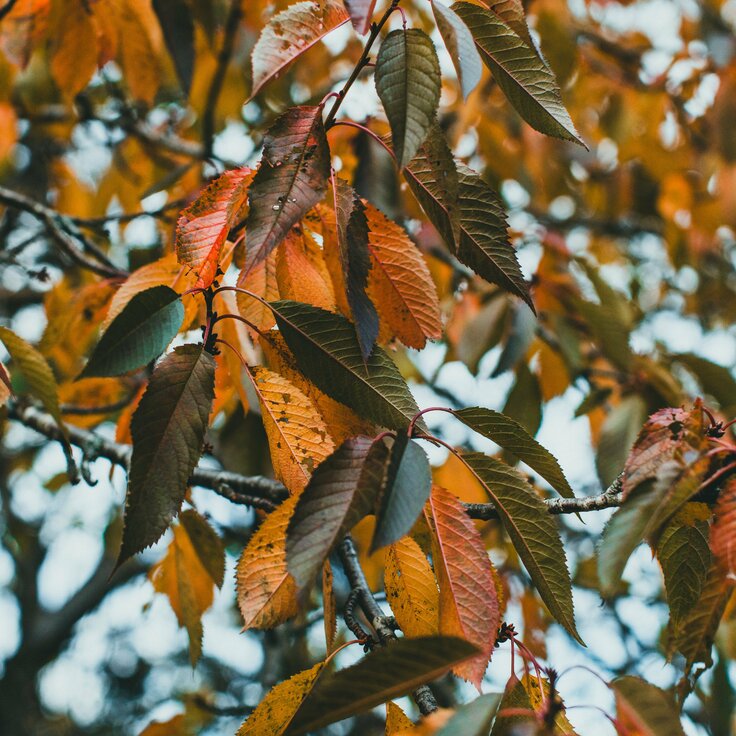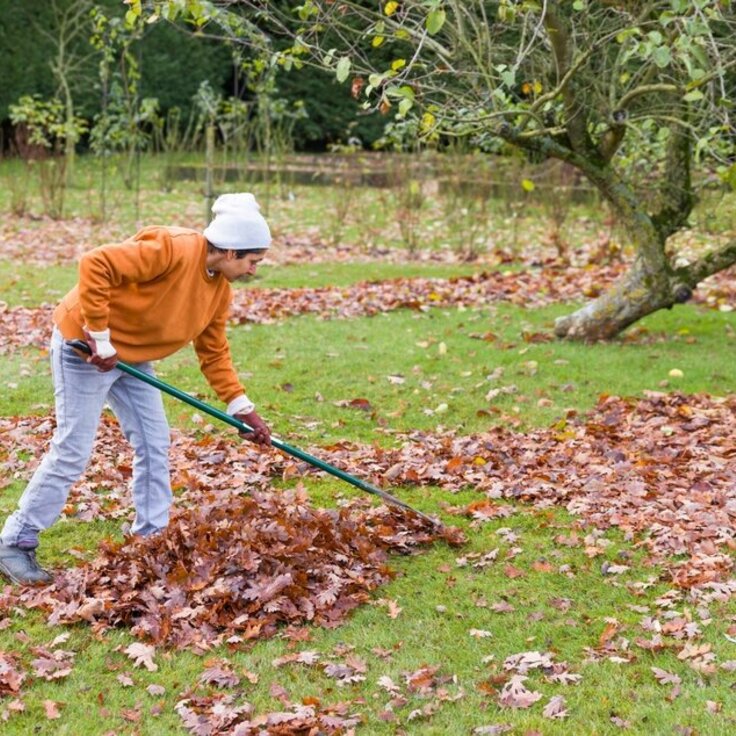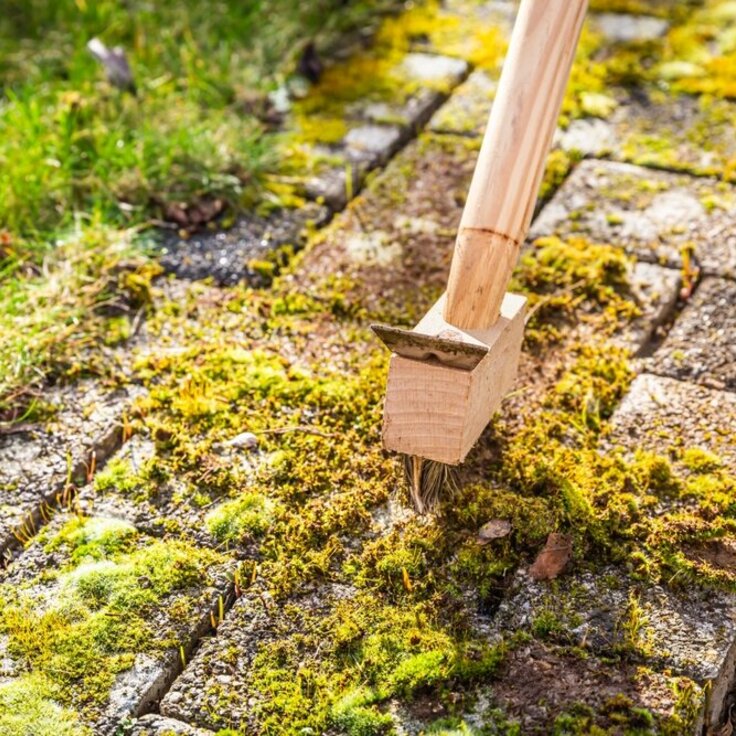Choosing Nitrogen-Fixing Plants: A Guide To Boosting Soil Health
The development of crops depends mainly on nutrients, including nitrogen. Farmers worldwide use vast quantities of fertilizers yearly to ensure optimal levels of this element in the soil to increase productivity and maintain food security. The production of such fertilizers requires large amounts of fossil fuels, while their application can negatively impact the environment by leaching the chemicals into waterways and producing nitrogenous greenhouse gases.
Nitrogen-fixing plants obtain bioavailable nitrogen either from free-living bacteria in the soil or through endosymbiosis with rhizobia bacteria in the case of legumes. Natural fixation or diazotrophy can significantly reduce the reliance on fertilizers.
Understanding Nitrogen Fixation: The Basics
If you want to know how to choose nitrogen-fixing plants, we should start from the very beginning. N is undoubtedly a vital macronutrient, but it is difficult for plants to obtain. Atmospheric nitrogen represents the highest concentration of the substance in terrestrial ecosystems. However, it is not available to plants because they do not have the enzymes to convert it into biologically functional forms. This element from the atmosphere can be converted into ammonia through biological nitrogen fixation. This process is carried out by prokaryotes: soil bacteria or cyanobacteria.
Rhizobia, a type of soil bacteria, have a unique symbiotic relationship with the roots of legumes. This relationship forms nodules, which fix N using the enzyme nitrogenize. It’s a natural and eco-friendly alternative to chemical fertilizers that rely on non-renewable resources like natural gas. Symbiotic nitrogen fixation ensures that the plant has access to an unlimited nutrition supply from the atmosphere, which enhances its growth and development.
The Role of Nitrogen-Fixing Crops
Plants with the ability to fix N are unique because they have a special symbiotic relationship with diazotrophs. These bacteria reside in the root nodules of certain plants and can convert atmospheric nitrogen into a usable nutrient for the plant. This process, called nitrogen fixation, enriches the soil with this vital nutrition and reduces the need for synthetic fertilizers, leading to healthier plant growth.
This nutrient promotes healthy foliage and vigorous growth. Farmers can thus increase their yields and make production more sustainable. By incorporating nitrogen-fixing perennials, growers can provide a regular nitrogen supply without chemicals.
Why Avoiding Synthetic Nitrogen Fertilizers is Better for your Farm
The production of fertilizer products, including ammonia, accounts for about half of all CO2 emissions. Therefore, reducing fertilizer consumption will also reduce carbon dioxide emissions, which is extremely important for climate change mitigation.
Excessive use of chemicals also causes pollution of waterways and seas due to nitrate leaching. High nitrate levels are a severe threat to the ecosystems. It can lead to the formation of "dead zones" in the ocean and impact the growth of wildflowers and other plants that are essential for the survival of many wildlife species.
Therefore, it is crucial to eliminate such fertilizers to protect both our planet and its inhabitants. One of the most effective ways of achieving this is to opt for a nitrogen fixation plant, which can help to refuse the application of products harmful to the environment.
How to Select Proper Plants to Fix Nitrogen
Analyze the climatic conditions in your region and the type of soil that can be identified using the test. Research which plants with the ability to fix nitrogen will thrive in your environment.
The choice of crops also depends on the needs of a particular farm or garden, as well as the goals of the grower. You can choose different crops depending on whether you want to increase soil fertility, increase crop yields, or attract pollinators.
Growers can also develop a diversity plan and include several types of nitrogen-fixing plants to meet different garden needs. For example, you can grow legumes and nitrogen-fixing trees and include cover crops in your plan.
It is also recommended to consider the growth characteristics and size of nitrogen-fixing crops. Some can be expressed as ground cover plants, while others can provide shade and support to other plants.
Growers should practice crop rotation if they grow vegetables or annual crops to enhance the benefits of nitrogen-fixing plants. Cover crops that fix nitrogen can be quite beneficial between growing seasons because they help to enrich the soil.
It is crucial to learn the care requirements of the N-fixing plants. Some of them may need special soil conditions or pruning to grow well.
Not all types of legumes perform the nitrogen-fixing function equally successfully. Several factors, including soil properties, climatic conditions and the farming system, influence this.
Perennial and forage legumes like alfalfa, clover, and vetch are great companion crops as they can fix excess nitrogen. However, all the biomass must be mixed into the soil to add powerful nitrogen to the next crop. Removing the forage removes the nitrogen. Roots and crowns contribute less nitrogen than above-ground biomass.
Benefits of N-Fixing Plants:
- The nitrogen added to the ground by the crops enhances the soil's fertility and improves the overall nutrient profile.
- Growers can reduce the need for synthetic nitrogen fertilizers.
- Nitrogen-rich soil leads to increased foliage and better flower and fruit production.
- Such plants attract beneficial insects and pollinators. It helps to maintain biodiversity and a balanced ecosystem.
Growers choose nitrogen-fixing plants to enhance soil fertility, reduce fertilizer dependency, and promote healthier plant growth. Creating a sustainable and thriving ecosystem is possible by selecting the plants that suit your goals and region.
Growing N-fixing perennials is also one of the most effective ways to mitigate climate change by sequestering carbon. Proper care and selection of these crops will help create a visually stunning and environmentally responsible landscape that thrives without harming the environment.








